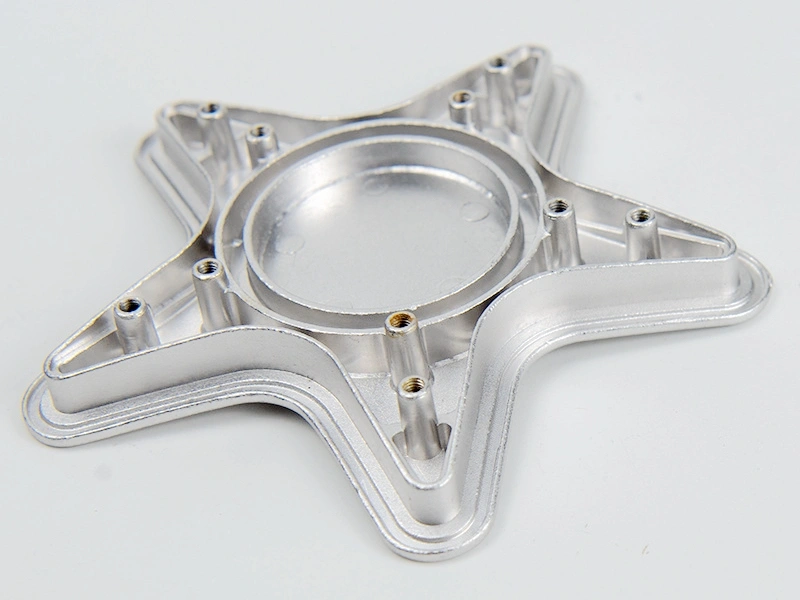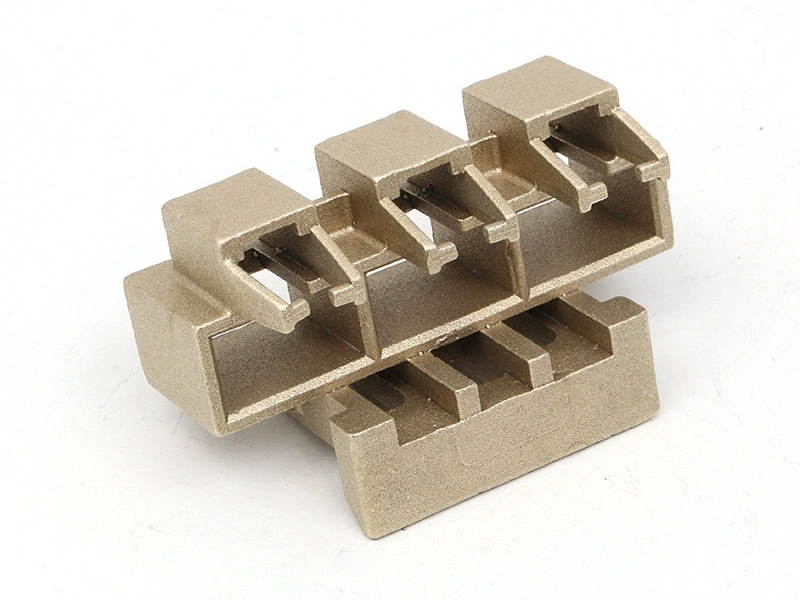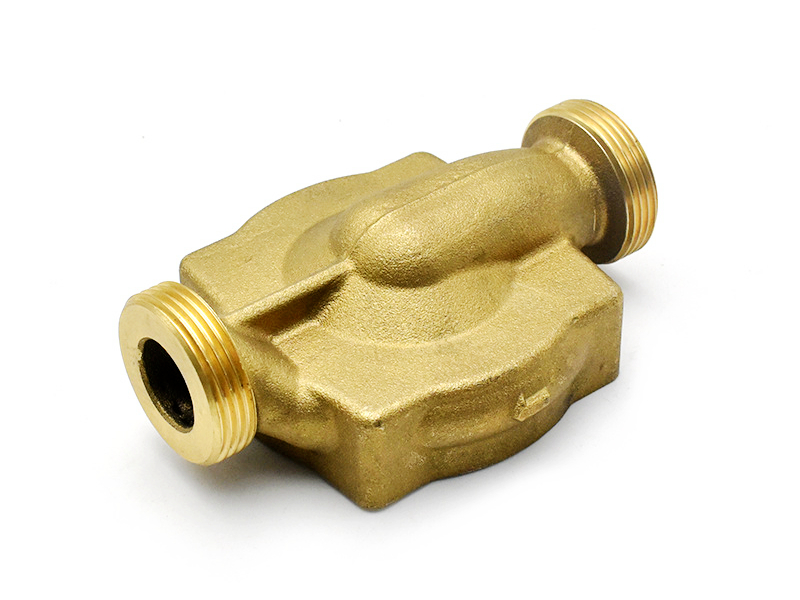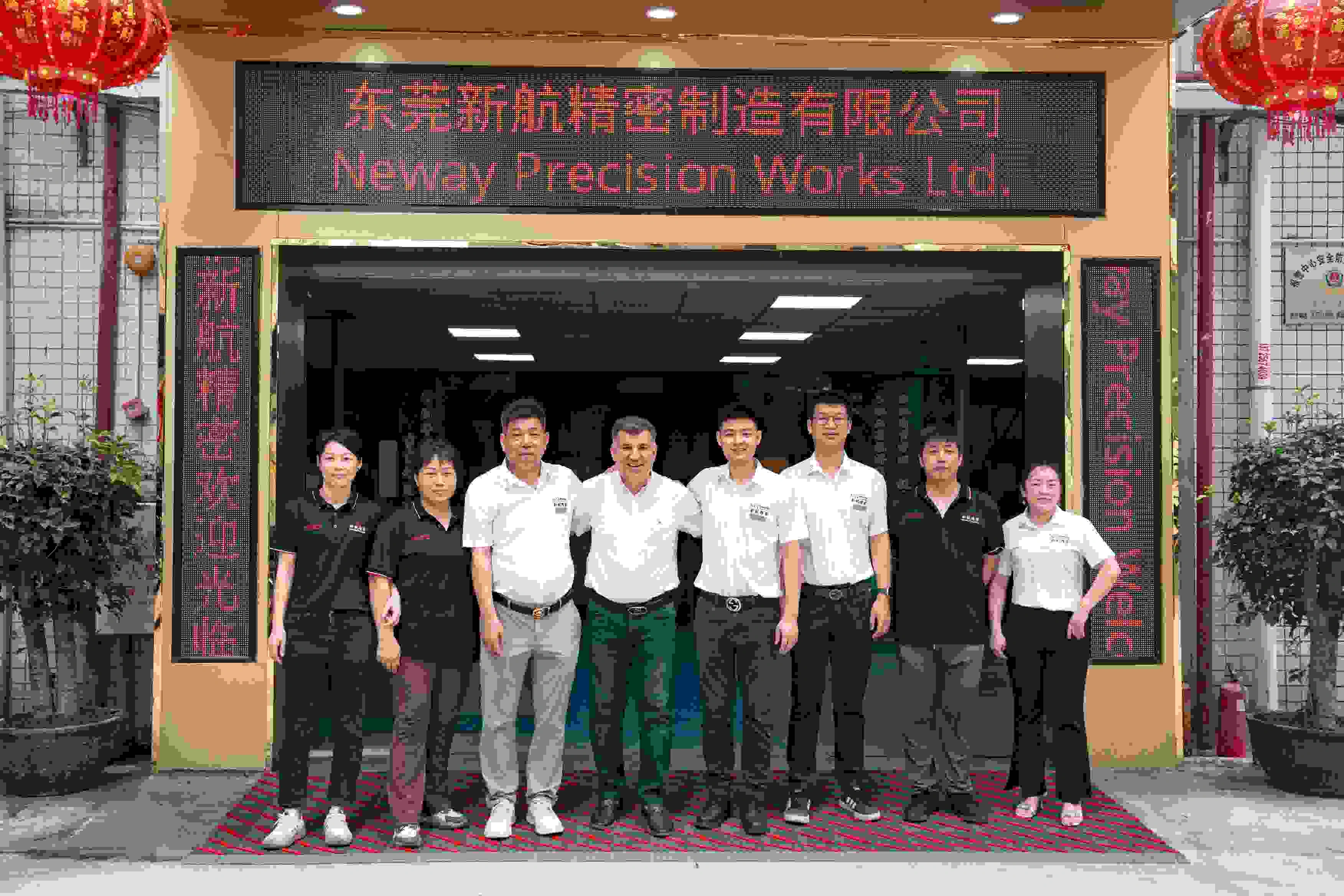What finishing options prevent copper corrosion in glycol or refrigerant environments?
What Finishing Options Prevent Copper Corrosion in Glycol or Refrigerant Environments?
Corrosion Risks for Copper in Glycol and Refrigerant Systems
Copper components used in glycol-based or refrigerant-circulating systems—such as heat exchangers, chillers, and EV cooling plates—face corrosion risks from fluid acidity, temperature cycling, and micro-aeration. While copper alloys like C12200 offer inherent corrosion resistance, long-term exposure to ethylene/propylene glycol or refrigerants (R-134a, R-410A, CO₂) can still lead to localized corrosion, pitting, and oxide formation. Surface finishing is essential for extending service life and maintaining thermal efficiency.
Effective Corrosion-Resistant Finishing Options
Electroless Nickel Plating
A uniform, non-porous metallic coating that provides excellent protection against chemically aggressive fluids.
Compatible with C11000, C12200, and C18200 copper
Resists pitting and galvanic corrosion in glycol-rich and refrigerant systems
Thickness: 8–25 µm
Complies with ASTM B733 and ISO 4527 standards
Organic Epoxy Coating
A non-metallic polymer film applied to external copper surfaces to prevent oxidation and isolate the part from corrosive agents.
Resistant to glycol-water mixtures and refrigerant oils
Typical application on non-heat transfer zones
Thickness: 50–100 µm
Suitable for pressure vessel exteriors and housing components
Tin Plating
Tin coatings provide a corrosion-resistant layer with good wettability and solderability.
Recommended for electrical terminals, joints, or brazed copper fittings in refrigeration loops
Conforms to ASTM B545
Thickness: 2–15 µm
Black Oxide with Organic Sealer
Used for non-contact surfaces where mild corrosion resistance is needed without altering dimensional tolerances.
Adds a micro-thin oxide film to reduce tarnishing
Paired with sealants to slow moisture and vapor ingress
Not ideal for internal wetted channels but suitable for ambient-exposed copper parts
Recommended Finishes by Application Area
Component Type | Recommended Finish | Key Benefit |
|---|---|---|
Heat Exchanger Fluid Path | Electroless Nickel | Internal corrosion and pitting resistance |
Pump Housings or Casings | Epoxy Powder Coating | Exterior barrier protection |
Connector Pads/Terminals | Tin Plating | Solderable and corrosion-resistant |
External Mounting Faces | Black Oxide + Sealer | Oxidation control, minimal dimensional change |
Quality and Testing Standards
All corrosion-resistant finishes at Neway are validated per:
ASTM B117 – Salt spray corrosion resistance
ASTM B733 – Electroless nickel plating performance
ISO 9227 – Corrosion resistance in artificial atmospheres
Coating adhesion and thickness inspection using ISO 2178 and ISO 2409
Customer-Oriented Copper Surface Finishing Services
Neway Die Casting offers protective finishing services tailored for copper parts in closed-loop cooling and refrigeration environments:
Copper Die Casting: High-integrity casting of copper thermal and fluid components
Post-Processing Services: Protective plating and coating solutions for internal and external corrosion protection
Post-Machining Services: Ensures tight tolerances before applying final finishes



